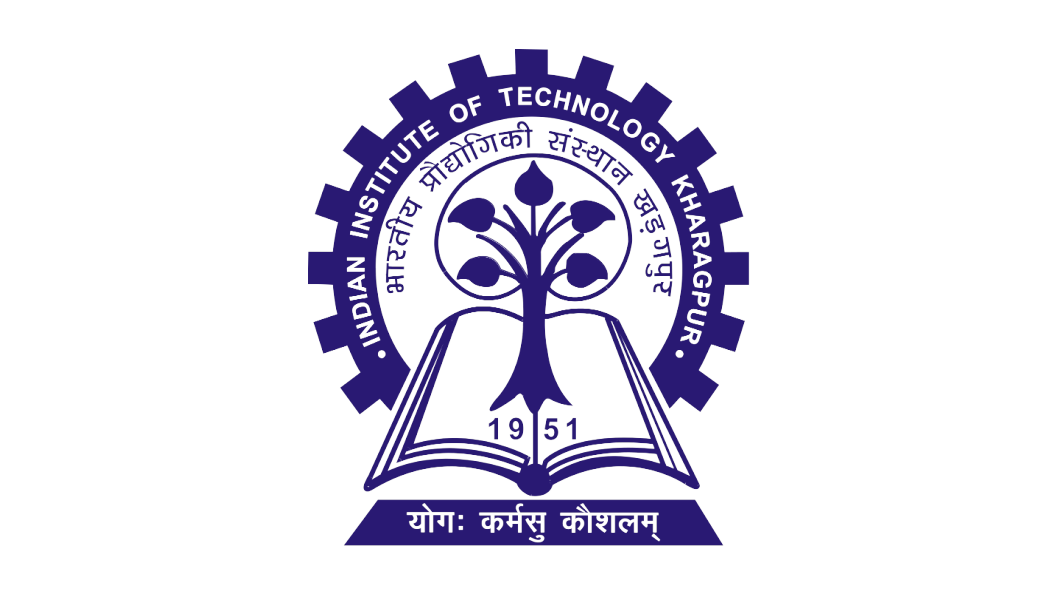
Virtual Labs
IIT Kharagpur

Design of a Discrete PID Controller for a DC Motor

Virtual Labs
IIT Kharagpur

Design of a Discrete PID Controller for a DC Motor
Introduction:
Designing a discrete PID controller for a DC motor involves adapting the traditional continuous PID control strategy to a discrete-time system, where the control signal is updated at regular intervals. In real-world applications, especially with digital computers or microcontrollers, the control system operates in discrete time rather than continuous time. A discrete PID controller calculates the control signal at each sampling step based on the error between the desired and actual motor outputs (e.g., speed or position). The discrete PID controller consists of three terms: Proportional (P), Integral (I), and Derivative (D). Each term is computed using the error signal and its past values, with the discrete-time version typically expressed as:

